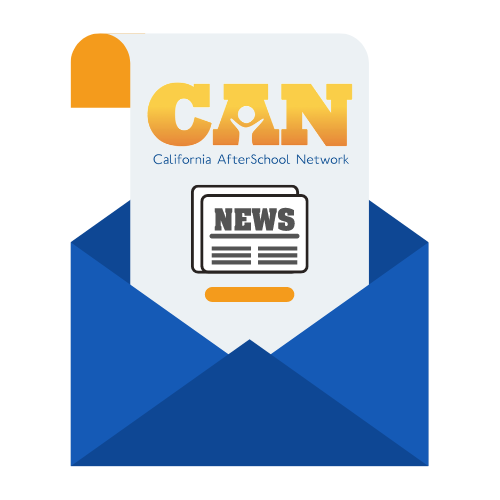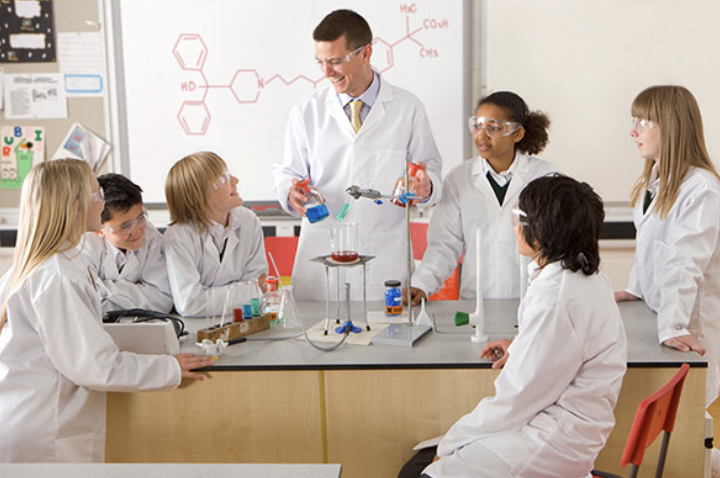Activities for Programs
Looking for a sequence of activities you can implement in your afterschool program today? MGM has complied activities in sequence to support youth in building an engineering mindset.
- Activity: Make a Candy DNA Model – Each human has a unique DNA sequence and the DNA in all of us is about 99.9% identical! In this activity, youth use pieces of candy to make a model for a short section of DNA—enough to get a sense of what DNA is like and how it encodes life.
- Activity: As a part of Illumina’s The Future is Bright Campaign celebrating DNA Day, Million Girls Moonshot is partnering to provide a number of resources for programs to celebrate DNA day! Featured opportunities include a Virtual Lab Simulation; a Virtual Field trip; and DNA Decoded, ready to go, lessons and activities for educators!
- Activity: Investigate Alien Genetics – This activity uses an alien model to demonstrate how genes or physical traits are passed on from parents to their offspring. How similar will alien siblings look? OR Check out Baby Lab and use probability to predict genetic traits.
- Activity: Effects of Genetic Engineering – Farmers have been using “genetic engineering” for hundreds (maybe thousands!) of years. They use the seeds of the biggest, tastiest, etc. fruit to plant the next generation of that particular plant. Have a discussion about the advantages.
- Activity: Make String from Algae – The seaweed in the ocean (or even eaten as a snack) is inspiring innovators to imagine new materials. Large brown algae, like kelp, contains polymers—long chains of molecules—that are more environmentally friendly than the ones in most plastics. These natural polymers (alginates) could eventually be used to create sustainable everyday objects. Try your hand at using a bit of chemistry to turn biodegradable polymers from algae into custom string!
Looking for EVEN More Activities at NASA?!
- Activity Toolkit: Engineering is Elementary’s NASA Partnership free units – A suite of free NASA-funded STEM resources for students in grades 3-8. All resources are research-based and classroom-tested. They are designed to support students’ understanding of space, while helping them see themselves as capable problem solvers.


